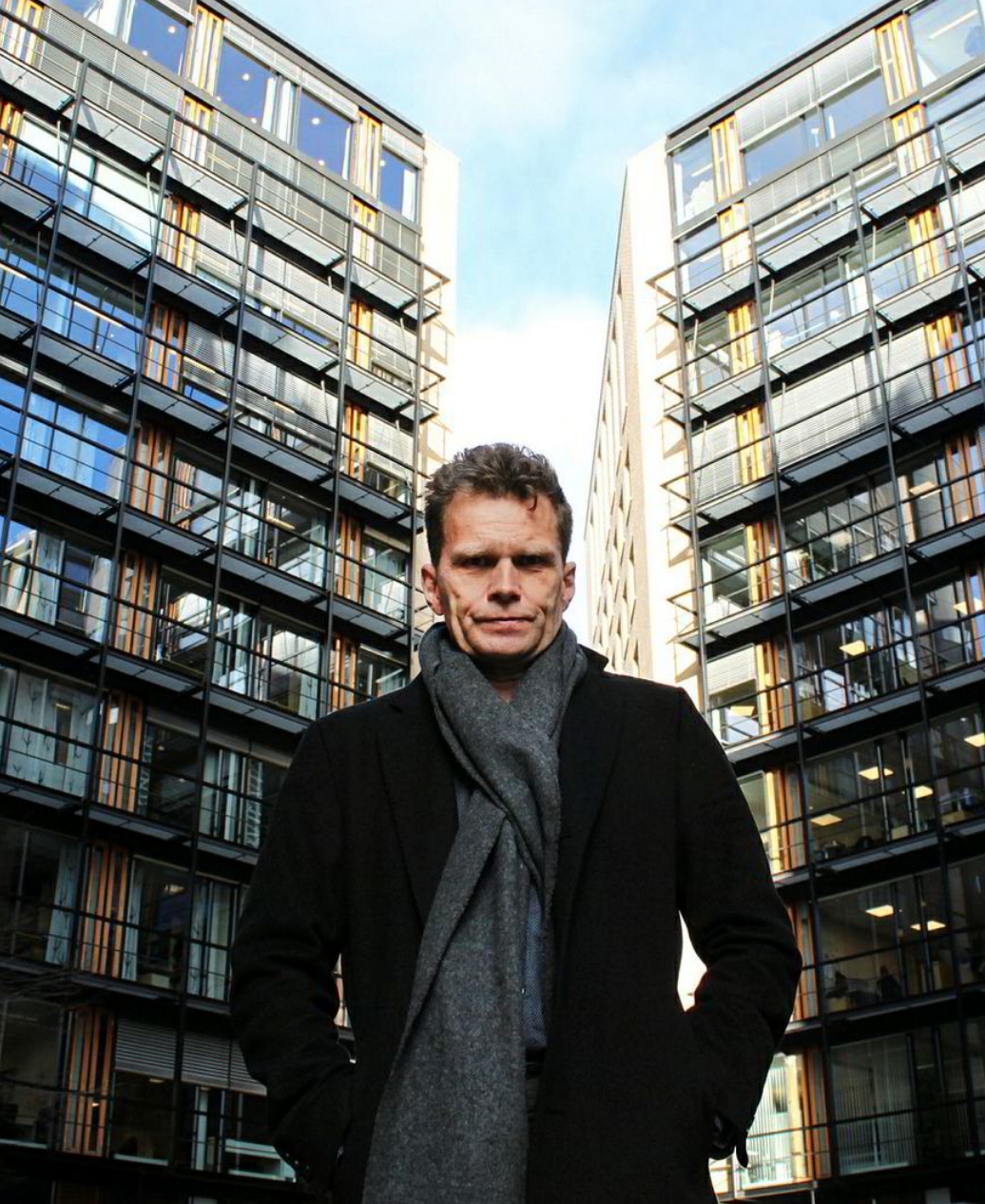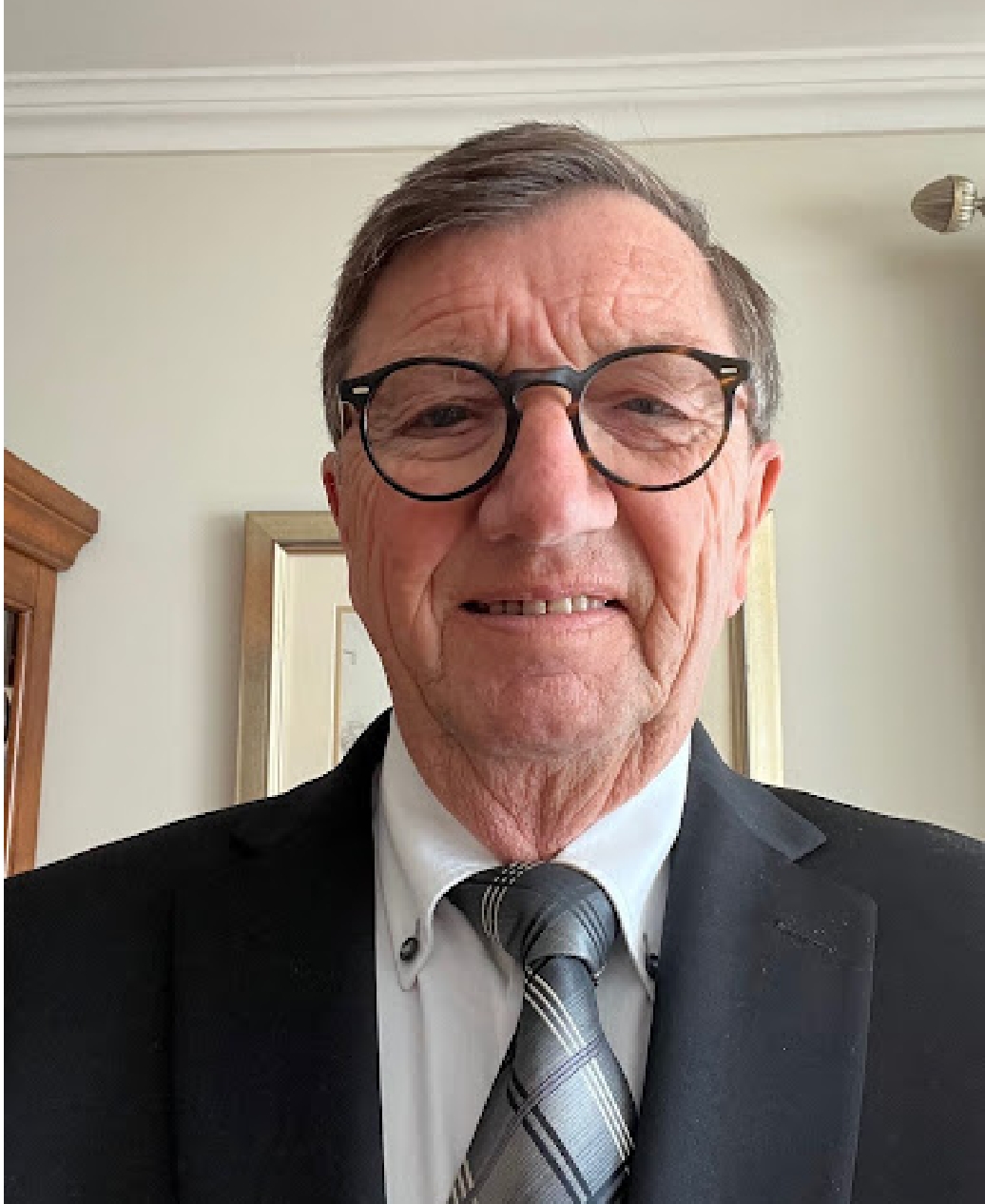Who we are
A team of curious experts with vast experience from the shipping and LNG segments, and a burning commitment to solve LH2 containment challenges.
Our mission
To provide cost-efficient and state-of-the-art solutions for redundant and safe cryogenic containment such as LH2 management, driven by a global push for transition away from fossil energy-carriers.
What we do
CryoVac delivers patented and complete LH2 fuel and cargo containment solutions for maritime applications. We develop and realize cryogenic solutions for LH2 infrastructures with focus on cryogenic containment for storage and transportation.
Our latest development, the CryoPan cryogenic vacuum insulation panel, is a versatile tool that allows efficient containment of cryogenics for a vast number of applications.

Figure 1:
Insulated tank, typically prismatic IMO type B tank
positioned in an insulated hold. The void between the
two insulation surfaces is controlled by a nitrogen atmosphere.
Our solution
Concept of brief
The CryoVac containment system has been developed for shipboard carriage of liquid hydrogen (LH2) in large quantities based on the adaption of an IMO type B tank design or similar. The IMO type A/B/C tank designs with accompanying design requirements/ system requirements are used for cryogenic cargoes. IMO type B and tanks are conventionally applied for the carriage of LNG.
The CryoVac containment system include two layers of insulation distanced by an inert void (void 2). Insulation layer 1 is fitted directly onto the tank covering the entire tank. Insulation layer 2 is fitted to the surface of the hold in which the tank is positioned, covering the entire surface.
Thus, the tank is positioned in a hold independently resting on supports. All hold surfaces (bulkheads/ decks) are insulated, as is the tank itself. The void between the tank and the hold is controlled by a nitrogen atmosphere. The concept is presented in Figure 1.
Barriers
The primary barrier, the tank, is encapsulated by insulation layer 1. This is gastight and thus, represents a secondary barrier. Likewise, the hold is encapsulated by a gastight insulation layer (2) and in effect represents a third barrier.
Insulation arrangement
Open hexagonally shaped insulation panels (Figure 2/ 3) are welded together to form structures (Figure 4). These (the structures) are sealed to create a gastight space by the use of a circumferential steel band. The panels and structures are pre-manufactured by means of a specialised production line and then brought to the yard and fitted/ installed. Installation onboard the vessel includes welding the structures together.
The structure applied a circumferential band by welding represents a gastight space. To create a continuous insulating surface, structures are then welded together using tessellating top plate lips (connecting wedge). The resulting gastight space is meticulously evacuated (applying vacuum) at the manufacturing site (factory producing panels/ structures), ensuring a consistent level of vacuum (vacuum zone 2) providing excellent insulation properties.
Note that the panel/ structure offers a level of elasticity due to a considerable geometric deformation capacity offered by the panel´s hexagonal shape. When connected/ welded to each other, this characteristic may be optimised for purpose by adjusting the length and angle of the connecting wedges of the panels.
For a tank size of 15.000 m3 size, a structure may consist of 20 – 30 panels. A standard hexagonal panel may have a size of approximately 0.7 – 0.85 m2.
Note that the structures, when resting on a surface, will create a distance between the surface and the structure and consequently another void (void 1). Void 1 associated to the structures fitted onto the tank, is applied vacuum (vacuum zone 1).

Figure 2:
A single CryoVac insulation panel

Figure 3:
Panel consisting of a top and bottom plate connected to each other by means of bands and separated by means of two layers of spacers divided by a radiation barrier.

Figure 4:
An example structure consisting of several standard hexagonal-, trapeze-, and edge panels. Made rectangular for illustration purposes.
The team







